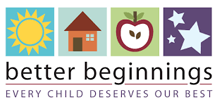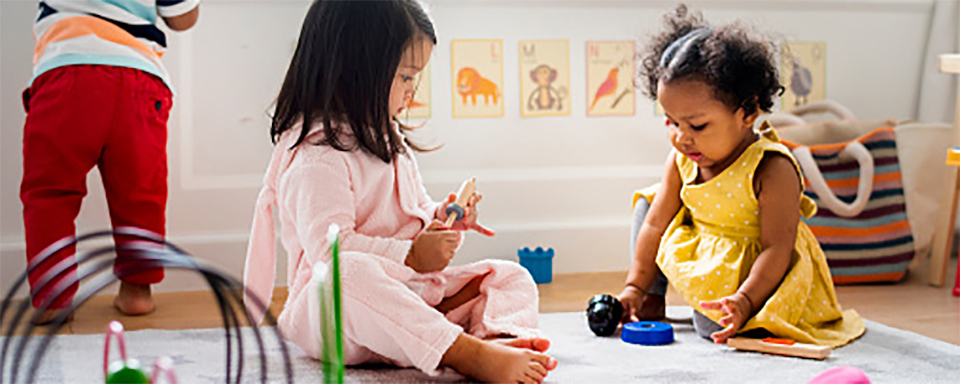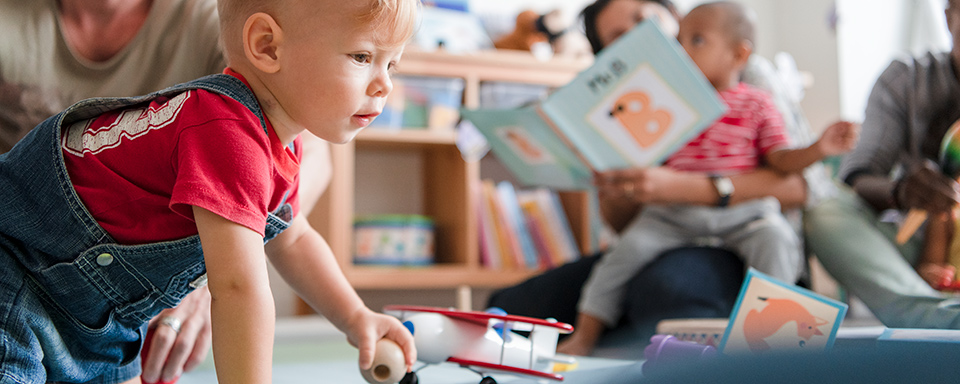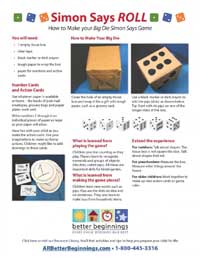These oversized game pieces add to the drama and fun of the game.
Simon Says Roll
One person is the Referee (Ref). The Ref plus two players make the game a race.
Use the die to determine how many steps the player will take.
One player plus the referee can still have fun playing. It’s a great way to get some exercise and learn about math. In this case, keep score of how many times each number comes out on top.
How to Play the Race
Determine the start and finish lines.
Player 1: roll the die.
Ref: run to the die. Count out loud the number of pips (dots) on the top side of the die. Show the players the Number Card that matches (1 – 6).
Ref: show the top card on Action Card stack to the player. Say, “Simon Says,” and read the number and the action.
If the player “acts” before the ref says, “Simon Says,” the player has to take a step backward.
The ref’s job is now to retrieve the die and hand it to the next player.
Repeat until one player reaches the finish line.
How to Make Your Big Die
You will need:
1 empty tissue box
clear tape
black marker or dark crayon
tough paper to wrap the box
paper for numbers and action cards
Cover the hole of an empty tissue box and wrap it like a gift with tough paper, such as a grocery sack. Use a black marker or dark crayon to add the pips (dots) as shown below. Tip: Start with six pips on one of the longer sides of the box.
Number Cards and Action Cards
Use whatever paper is available at home – the backs of junk mail envelopes, grocery bags and paper plates work well.
Write numbers 1 through 6 on individual pieces of paper as large as your paper will allow.
Have fun with your child as you make the action cards. Use your imaginations to make up funny actions. Children might like to add drawings to these cards.
What is learned from playing the game?
Children practice counting as they play. Players learn to recognize numerals and groups of objects (the dots, called pips). All these are important skills for kindergarten.
What is learned from making the game pieces?
Children learn new words such as pips. Pips are the dots on dice and on dominoes. They also learn to make toys from household items.
Extend the experience
For toddlers: Talk about shapes. The tissue box is not square like dice. Talk about shapes that roll.
For preschoolers: Measure the box. Measure other things around the house.
For older children: Work together to make up new action cards or game rules.
Click here to see the Kindergarten Readiness Checklist.
Click here to visit our Resource Library. You’ll find activities and tips to help you prepare your child for life.









